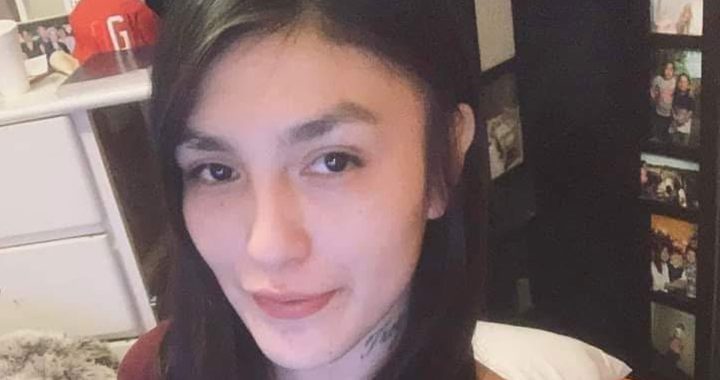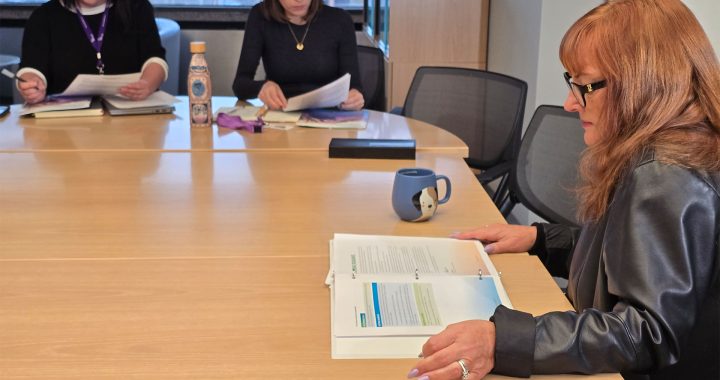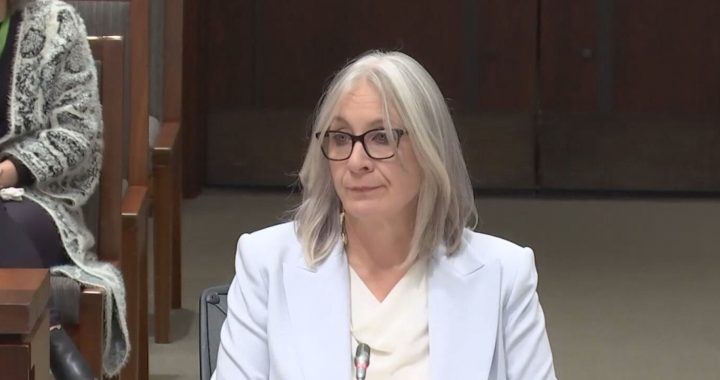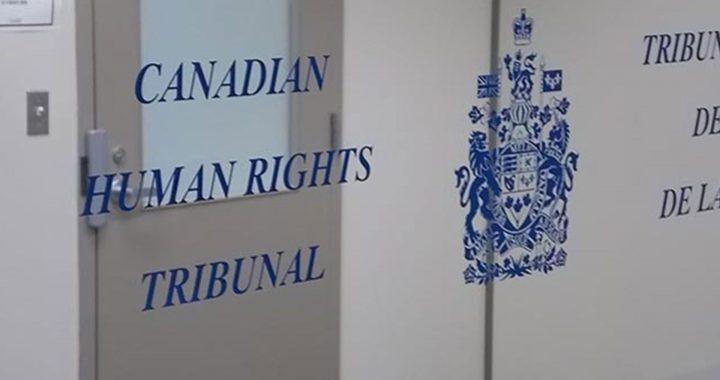With a nu-operatic style all his own, Polaris Prize-winning musician Jeremy Dutcher never misses an opportunity to pay credit to the artists and genres that refined his musical style – both inside his home community of Wolastoq First Nation in New Brunswick and outside it.
In a recent collaboration with Spotify, a worldwide streaming service with more than 217 million users, Dutcher singlehandedly curated a playlist of Indigenous-only content, titled “Indigenous: for us, by us.”
The 25-song playlist features artists from all over the globe, as well as renowned Canadian acts like Buffy Ste. Marie, Elisapie, Tanya Tagaq and ‘boujee Native’ favorites, Snotty Nose Rez Kids.
While on an International orchestra tour, Dutcher had time to stop and talk shop before a jam-packed set at the Montreal Jazz Festival.
What kind of music did you connect with when you were a child?
Definitely traditional music was a huge part of my childhood – my brother was in a drum group growing up, so I was just mystified by him my whole life; those songs really pulled me in a way.
I was a huge Motown fan, jazz music – I was kind of an anomaly, like a weird kid. I wasn’t listening to what’s on the radio, that’s for sure. I was the youngest of four brothers, and their musical taste kind of filtered into me, and I’m very grateful for that because I think it opened my eyes to a lot of different genres that are out there.
How did this collaboration with Spotify come about?
There are a lot of people who are looking to lift up Indigenous voices right now and I think that’s really important – but most of them understand that it’s up to Indigenous people to do that and have a conversation in that way. So when they approached me to make this playlist for them, I just felt it was an opportunity to use my platform that I have right now to lift up other voices of Indigenous people who might not get that platform, like queer and non-binary people who are also Indigenous, 2S people, women in the music industry – it’s still something that we need to work on, representation of people.
Would you say there are commonalities between the songs?
A lot of our music is working around the same themes – language and land and identity – but what’s so beautiful is that there’s such a diversity and variety in the content and sounds that you’re going to hear on a playlist like this. For me, it was more about providing variety and really showing the scope of everything that Indigenous music is, was, and maybe even could be.
What are some of the things you’ve learned from listening to international Indigenous artists?
We share so much. Like I think we think our journey or our experience with Indigeneity or Indigenous issues is very localized and based on the land – which it is, absolutely. But my experience going out into the world and meeting all sorts of Indigenous people from all over the world, we share so much experience. And the story of being dispossessed from our territory, the history of boarding schools or re-education programs on Indigenous people is a global one. There’s so much connectivity between the art that we’re making as well.
How do you feel about the term “Indigenous renaissance?”
The work that I’m doing is not an anomaly, it’s a continuation of artists who have been doing this a very long time, going all the way back. My work is only possible because of the ones who went before. I place myself in a continuum, rather than trying to say “yeah well I’m a leader,” or using this as an ego exercise. I’m not really interested in that.
For me, it’s about naming what I see exists, which is Indigenous brilliance at every turn, and I want everyone to come into a relationship and witness that.
What about the term “Indigi-banger?”
*Laughs* Oh my god, I’ve never heard this one – I’m so not cool.
I think at the end of the day, as musicians, and as creators, we want to be just that. I think it’s important to place yourself in a continuum of artists, and to honour your community and where your music and knowledge comes from, but at the same time – a banger’s a banger, so you have to honour that too.
People wanting to make music that speaks to our community, speaks to who we are as Indigenous people – we gotta look inward – we can’t be worried about making something to make someone dance.
We have to make ourselves dance first and we need to celebrate who we are.









